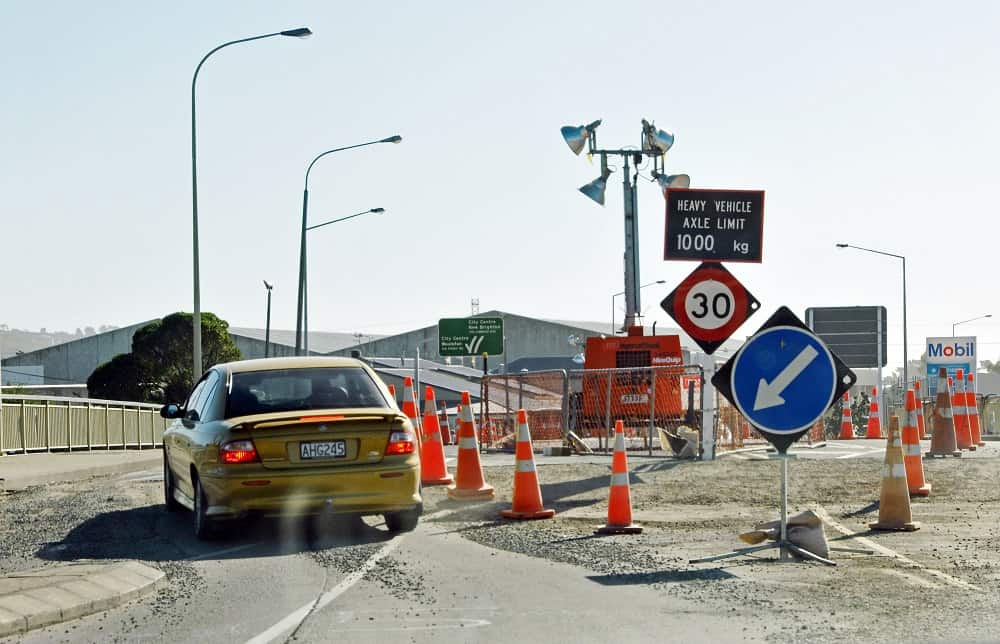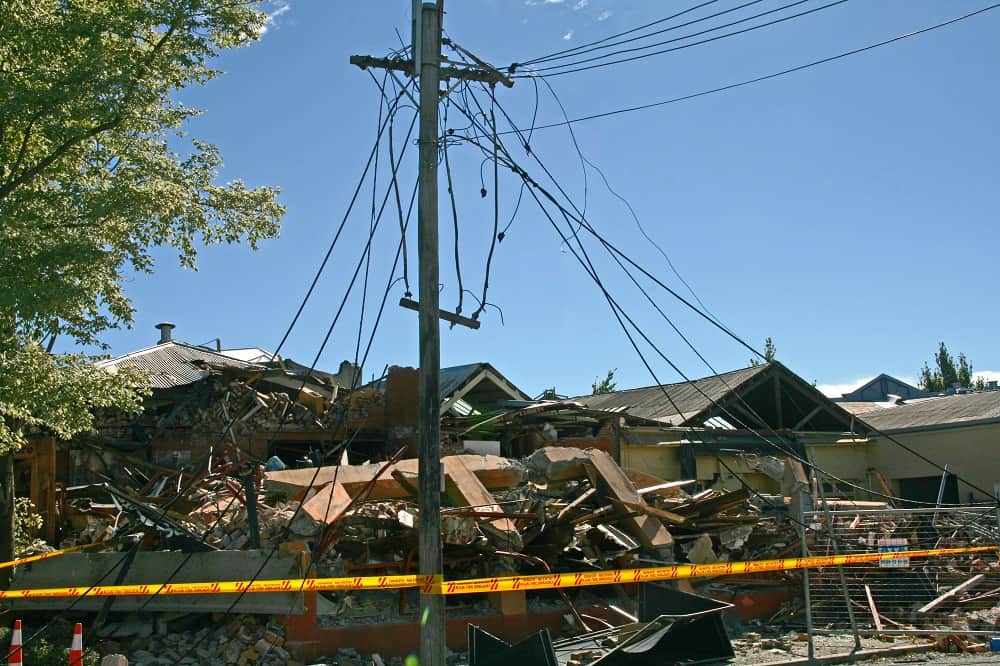Resilience in civil infrastructure firms: What it means and how it can be achieved
25/07/2018
By Alice Chang-Richards
Our reliance on critical infrastructures such as power, water, telecommunication, and transportation is obvious during a natural disaster when these services are compromised. Civil infrastructure firms have a significant role to play in assisting with resilience, as in the case of disasters they are tasked with ensuring timely restoration of such services. But just how resilient are these firms themselves to disaster events? Imagine if there weren’t enough contractors available to undertake a much-needed road tunnel project, or to fix water pipes and sewers after an earthquake.
This is a particularly important issue in New Zealand, where unprecedented infrastructure demand has been brought about by population growth and recent earthquakes, creating a rising need for civil infrastructure firms to be resilient. This means that their business should be able to keep up with the demand and continuously provide services whether during business-as-usual or during crises.

Measuring for a tailor fit
Following the saying “what gets measured gets done”, the first step to achieving resilience is measuring it. Although generic indicators for measuring the resilience of businesses already exist, the unique nature of civil infrastructure firms calls for specifically tailored resilience indicators.
Researchers from the Resilience to Nature’s Challenges Urban Resilience programme wanted to understand what resilience meant to civil contractors in order to develop a set of resilience indicators for civil infrastructure firms. To do this, they conducted case study interviews with large civil infrastructure firms in New Zealand. They found that contractors generally perceive resilience as “the ability to foresee changes in the market and cope with them”. They also found that resilience in civil infrastructure firms is mainly indicated by sensitivity to market, flexibility and diversification, core competence of staff, robustness of networks, and leadership and management.
Reading and riding the market
The construction sector is highly volatile and, compared to other sectors, more susceptible to ups and downs in the market. As such, contractors regard sensitivity to the market as an important indicator of resilience. Firms must understand what drives the market, and be able to predict changes, including in regulations, competition, and technologies. Consequently, civil infrastructure firms must also be flexible and able to adjust their resources to cope with market cycles, and to provide extra capacity during crises. They must have a diverse set of skills too, allowing them to expand to other markets when the usual markets are down.

All about the people: networks, staff, and leaders
Contractors also emphasised the importance of robust social capital, characterised by good supply agreements, and partnerships with other firms that allow them to mix and match capabilities and balance skills. During crises, firms must be able to integrate resources with other organisations to come up with combined solutions. In addition, the construction sector is labour-intensive and as such, it is important for firms to have staff with the right skills, experience and competencies, and to provide them with the right training.
However, the most important indicator was found to be strong leadership and management. Whether during day-to-day operations or crises, leaders are responsible for decision making and directing their firm to achieve its goals. Therefore, a civil infrastructure firm must have strong leaders with a clear vision, who are able to make quick and level-headed decisions even during difficult situations. Importantly, they must foster a company culture that encourages the realisation of its goals.
Other indicators found to be relevant to civil infrastructure firms included aligned business practice, a reflective business model, situational awareness, innovation, the ability to leverage knowledge and information, access to external resources, and preparedness strategies.
No man is an island
Due to interdependencies that exist within and across industries, external factors influence the resilience of civil infrastructure firms too. In particular, contractors mentioned a few issues that the government can address to improve their resilience.
Citing legislation such as the Health and Safety at Work Act 2015 in New Zealand, contractors believed that having a standardised procedure for compliance will improve the resilience of civil infrastructure firms. Procurement was also mentioned as a critical issue, as it can be an expensive and time-consuming process. Contractors suggested that a streamlined procurement system would benefit not only their firms, but the government as well. Moreover, with the rising number of infrastructure projects in New Zealand, firms would need to expand and invest more in human and material resources. However, they need to be guaranteed projects to ensure that their investments are not wasted.
Finally, education and training providers were also found to be key contributors to the resilience of civil infrastructure firms. Contractors mentioned that skill shortages currently experienced by the New Zealand construction sector are threatening their resilience, and this can be addressed by an improved training and education system.

Moving forward
Civil infrastructure firms play a significant role in society, and we need them to be resilient. In this study, researchers identified resilience indicators that can be used to measure the resilience of civil infrastructure firms, as well as external factors that contribute to their resilience. The results provide a baseline for an improved resilience assessment tool by developing more tangible measures for each indicator to quantify the resilience of civil infrastructure firms. This provides an opportunity for civil infrastructure firms to develop management strategies to improve their resilience, and for the government to collaborate with firms in developing guidelines and suitable policies that will help them improve their resilience. In the future, the study could be expanded to small to medium sized enterprises (SMEs) and to other types of businesses in the construction sector such as residential contractors, consultants, and building material suppliers.
For more information, contact:
Project leader: Alice Chang-Richards, Lecturer, Department of Civil and Environmental Engineering, the University of Auckland; Email: yan.chang@auckland.ac.nz
Research student: Marie Claire Pascua, Graduate Masters in Disaster Management, Department of Civil and Environmental Engineering, the University of Auckland; mpas592@aucklanduni.ac.nz



